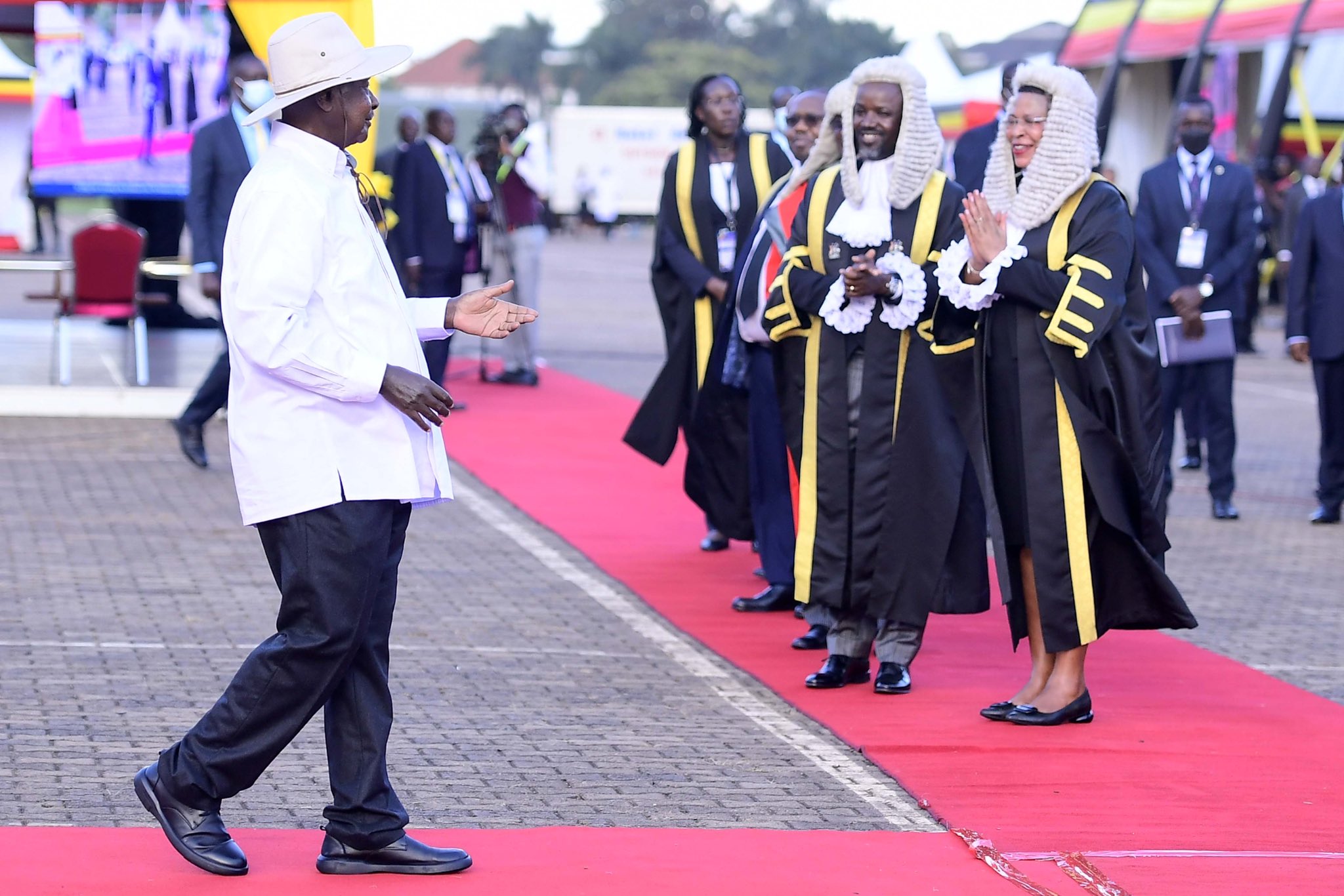Has Greater Kampala Metropolitan Area idea been explained to all?

I have no doubt that the physical planning fraternity in Uganda, and those who wish us well, rejoiced over the news that Greater Kampala Metropolitan Area (GKMA) was heading for better and modern comprehensive planning, usually referred to as - sub-national/regional/provincial planning.
The arrangement, which, unfortunately, and only God knows why, it is being referred to as an “extension” of Kampala, is meant to facilitate and coordinate the planning and development process for Kampala, Waksio, Mukono and Mpigi.
Uganda’s capital and its neighbouring entities are already extended into each other, having a well-balanced share of the undesired outcomes due to the trend referred to as sprawl, and making the region appear like one big disorganised “city” called “Kampala”.
From a professional point of view, the idea/strategy is long overdue, and that partly, explains why Mukono, Wakiso, Kampala and now, Mpigi are entangled, and almost trapped in a web of spatial disgust and inefficiency-ranging from traffic and transportation, housing, green open spaces, sanitation and drainage issues.
Since physical planning, as a profession and approach to city, regional and national development, is still in its infancy stages in most developing countries hence least appreciated in our day-to-day lives, it is understandable that such an advanced, smart and modern concept as sub-national/regional spatial planning will be rejected even before it is clearly understood.
Has it been clearly explained to all? The territorial factor always raises fears, particularly due to political and administrative interests, with little or no regard to the existing spatial challenges. It is, therefore, no wonder that this strategy is being referred to as an “extension” of Kampala.
What we all ought to know is that spatial planning is never about individual entities, and therefore, authorities, in isolation. It is about entities and their neighbouring regions.
Regional planning, more often than not, requires effective administrative, financial and governance arrangements among the concerned entities. The planning focus should ideally be more about regionally experienced challenges, as a result of an existing interaction-say, one providing housing and another providing employment. It is also attached to concerns about the future, for instance, demographic predictions, and foreseen implications for the region as a whole.
There are obviously shared and complimentary functions among regions, which, automatically demystify the existing geographical boundaries for purposes of integrated and more impactful planning and development.
This always calls for administrative and political unity of the entities, guided at the national level. Generally, regional planning is best practiced when there exists a regional planning body/agency, which, in Kampala’s case, would be the Greater Kampala Metropolitan Area Authority. This, according to the Kampala Capital City Authority (KCCA) Act, should be set up to guide the metropolitan area planning.
The now contentious GKMA strategy was, apparently, prepared in coordination and consultation with the concerned local governments and several other relevant government entities. In the absence of the authority, it is commendable that stakeholders thought of a strategy, probably as an interim plan aimed at jointly facing and addressing the current regional and spatial challenges, for efficiency and improved quality of life.
Such spatial themes as housing, employment and mobility are automatically brought together because of the aspect of daily commuting with or without the “consent” of the individual urban authorities hence the need for combined efforts to direct regional plans and developments or address regional challenges.
Cities and towns can have local land use plans, territorially managed by them to function as desired, but under the regional vision and plans jointly coordinated and managed.
The concept of network cities and urban regions is known, for not only stimulating growth, but to facilitate an effective and efficient process of controlled and regulated development. Without this approach, cities/towns realize less than they expected from their individual plans, particularly those with a regional aspect such as transportation infrastructure.
For Kampala’s case, we have seen KCCA implement several infrastructural projects, which, after a short time, appear like they had no major impact. This has been mainly because of the piecemeal kind of planning while ignoring some shared, yet important spatial factors.
In relation to GKMA, all, including visitors, can attest to the fact that the entities therein must jointly address spatial challenges we are faced with in these areas - traffic and transportation, sanitation and drainage, housing location, utility planning, business and environmental performance, among others.
But is there mutual trust for such cooperation? Is there mutual desire to address such challenges as the quality of life continues to deteriorate due to inadequate and uncoordinated spatial planning? Is each entity satisfied with the impact of their isolated plans?
If it’s true that greater Kampala contributes 30 per cent of Uganda’s GDP, then the need and urgency to improve the region’s efficiency and performance should be a matter that concerns all stakeholders, especially the leadership at the national, regional and local levels.
Ms Ngabirano is an urban and regional planning expert and lecturer at Makerere University.
[email protected]




